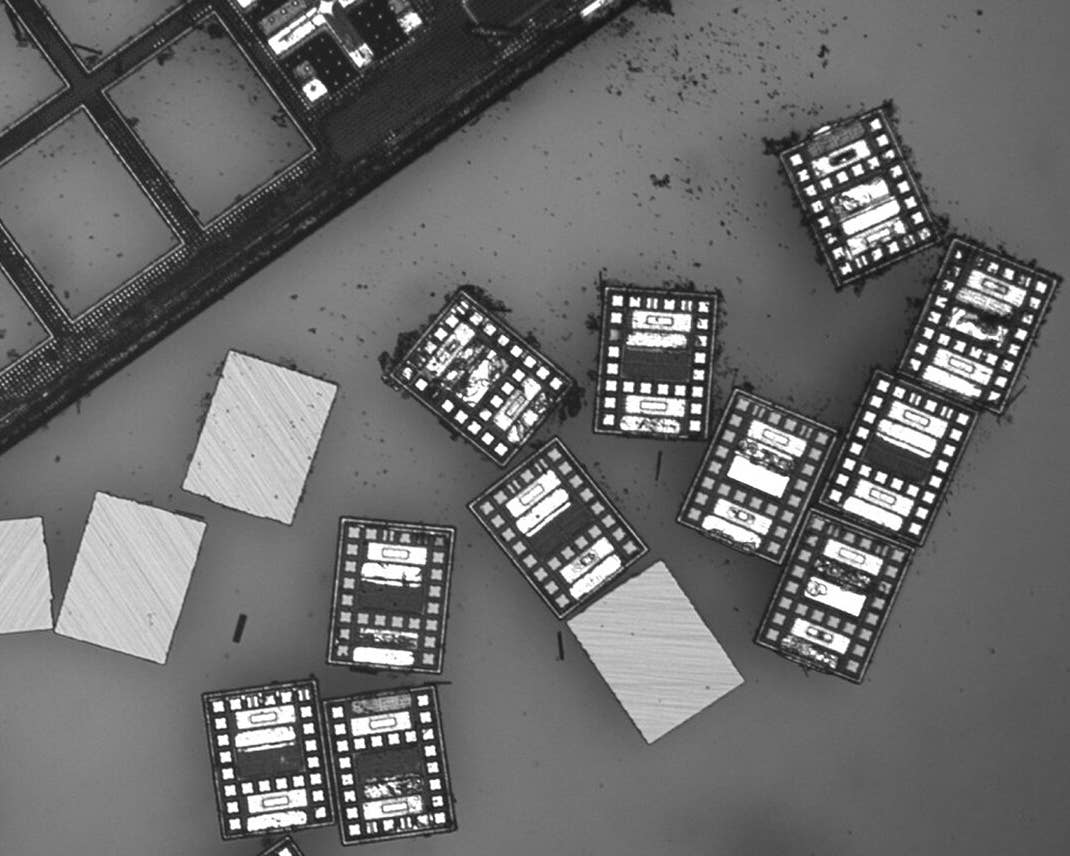Body 2.0 – Continuous Monitoring Of The Human Body

Share
Did you ever stop to think how silly and also how dangerous it is to live our lives with absolutely no monitoring of our body's medical status? Years from now people will look back and find it unbelievable that heart attacks, strokes, hormone imbalances, sugar levels, and hundreds of other bodily vital signs and malfunctions were not being continuously anticipated and monitored by medical implants. We can call this concept body 2.0, or the networked body, and we need it now!
The trio of biomedicine, technology, and wireless communication are in the midst of a merger that will easily bring continuous, 24x7 monitoring of several crucial bodily functions in the years ahead. Unfortunately, as is often the case with medical products, the needed innovations are either already developed or will be soon, but some of the best commercial products won't make it to the market until years of testing have proven their safety.
In the future your doctor might call you before you have a heart attack, responding to an alarm sent out by monitoring systems in your body that have detected the precursors to a heart attack hours or days ahead of time. With body 2.0, medicine dosages could be tailored precisely to your body chemistry and metabolism. Real-time monitoring of chemical concentrations in your blood could allow for increasing or decreasing dosages accordingly.
The huge amounts of data that would be accumulated from hundreds of thousands of continuously monitored people would be nothing short of a revolution for medical research and analysis. This data could be harvested to understand the minute by minute changes in body chemistry that occur in response to medication, stress, infection, and so on. As an example, the daily fluctuations in hormone levels of hundreds of thousands of individuals could be tracked and charted 24/7 to determine a baseline from which abnormalities and patterns could be extracted. The possibilities are enormous.
Given the advantages, we must wonder why body monitoring is not already more successful and widespread. The answer is that most of the interesting body monitoring we desire requires direct access to the blood stream and other bodily fluids, and this is not an easy problem to overcome.
A straightforward technique is to prick the skin periodically to extract and analyze blood, yet this only works for periodic monitoring. It does not provide continuous access to bodily fluids. Sensors implanted permanently into the blood stream are what is needed, but the difficulty is that moisture, enzymes, and the immune system quickly wreak havoc on mechanical devices and destroy them. Implants also pose several opportunities for life threatening infection to take hold, and this must be addressed.
The video below opens our eyes to the possibilities:
Although the road to continuous body monitoring poses challenges, these challenges are certainly within our means to overcome, and exciting progress is being made all over the world. The medical monitoring, device, and implant space is absolutely enormous, so there is no way we can do justice to the myriad of companies and research projects that are out there. Nevertheless, here are a few of the companies and products that we are aware of:
Proteus Biomedical:
One of the biggest names in the industry is a company we have reported on before, Proteus Biomedical...
Proteus has designed a platform for body monitoring, called Raisin, which measures when and if a patient takes their medication, and also measures how various bodily vital signs, such as heart rate, respond to the medication. From the Proteus website:
Proteus ingestible event markers (IEMs) are tiny, digestible sensors...Once activated, the IEM sends an ultra low-power, private, digital signal through the body to a microelectronic receiver that is either a small bandage style skin patch or a tiny device insert under the skin. The receiver date- and time-stamps, decodes, and records information such as the type of drug, the dose, and the place of manufacture, as well as measures and reports physiologic measures such as heart rate, activity, and respiratory rate.
All of the data collected by the Proteus system can be sent wirelessly to the doctor for remote monitoring. The system is currently in clinical development.
Be Part of the Future
Sign up to receive top stories about groundbreaking technologies and visionary thinkers from SingularityHub.


Cardionet:
Next we have, Cardionet, creator of a system that monitors every heartbeat, non-invasively, during the patient’s normal daily activities, for up to 21 days, and detects, records, and transmits event data automatically to the prescribing physician via wireless phone. Patients wear three leads attached to a lightweight sensor worn on a neck strap or belt clip that continuously transmit two channels of ECG data to the monitor. The monitor analyzes the patient’s ECG in real time, heartbeat by heartbeat.
The Cardionet system has been extremely successful, as evidenced by the recent IPO of the company.
Bodymedia:
Next we have Bodymedia, maker of an arm band, called Sensewear, that enables automated monitoring of calories burned, dietary intake, duration of physical activity and sleep. A USB port allows the patient to periodically upload data from the armband to a website loaded with charts, graphs, and other data that allows both patient and physician to make informed decisions.
Toumaz:
Finally, we have Toumaz, maker of a wearable body monitor similar to Sensewear, but apparently even more sophisticated and capable. The Toumaz system, called Sensium, provides ultra low power monitoring of ECG, temperature, blood glucose and oxygen levels. It can also interface to 3 axis accelerometers, pressure sensors and includes a temperature sensor on chip. Toumaz offers a product called the Sensium Life Pebble, which streams the data using a wireless datalink over a short range ( ~5m) to a Sensium USB adapter or data logger. The Life Pebble is designed for use in a wide range of professional sports monitoring, lifestyle and healthcare applications.
Of course, there are several technologies that we have missed in this small sampling. Please use the comments to tell us the ones that you know about!
Related Articles

Data Centers in Space: Will 2027 Really Be the Year AI Goes to Orbit?

New Gene Drive Stops the Spread of Malaria—Without Killing Any Mosquitoes

These Robots Are the Size of Single Cells and Cost Just a Penny Apiece
What we’re reading
